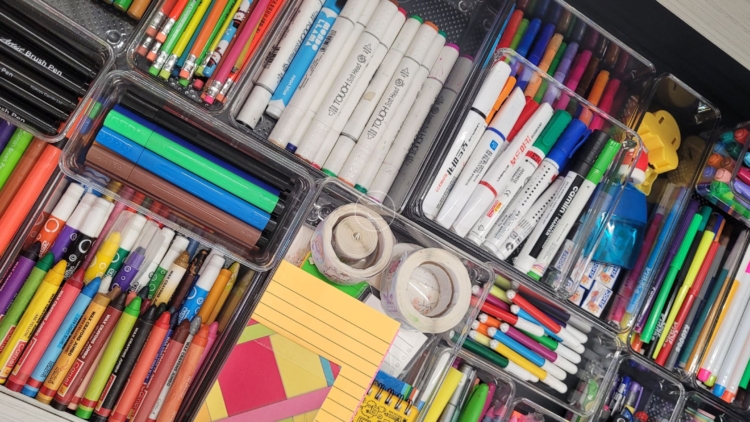Relocating from one home to another, whether it’s in the same city or any other part of the globe, is an overwhelming experience. It’s hard enough to say goodbye to a familiar and comfortable space, but then comes the added anxiety of turning a strange new place into a ‘home’. Many people have asked me for smart ways to manage relocation and make it a smoother, simpler process. So, I’ve put together some tips to plan decluttering and packing that will help you feel more in control, and turn your new house into your safe abode.
It All Begins with Decluttering
The longer you live in a house, the more clutter you accumulate – things that are no longer relevant and you don’t wish to take along with you. But you’re never going to identify this clutter unless you kickstart the process of decluttering.
Relocation doesn’t happen overnight; so, ensure your decluttering process begins much before you start packing. I suggest a minimum of one month in advance to make it less intense. Move room by room and create piles of things you don’t need. Put them in categories like trash, donate, and sell, and set the cycle of decluttering in motion.
You’ll need to pay special attention to the kids’ rooms. As children grow up, they hoard a lot more than just clothes; there are toys, books, art and craft materials, and other knick-knacks that take up a lot of space. Tackle these by hand-holding your children with decluttering. This will enable you to decide what can be discarded and what needs to be carried along. Help them make piles of different items, and encourage them to categorize the items. For instance, their categories would be toys, clothes, school supplies, stationery, art, and craft etc.
Map Your Current and Future Home
In most cases, you’ll know what your future home will look like – the number and size of the rooms, storage availability, size, etc. Work with this information to your advantage. Moving houses is all about taking your possessions from one place to another. Hence, start by taking stock of your current home, and map its possessions to suit your future home. A general mapping will help you pack consciously, and perhaps carry with you only what you’ll need in your new home.
Have you ever realized that we map the furniture while moving houses like if the cupboards would fit in, where would the sofa and dining table go? But we don’t pay much attention to mapping the contents of closets, kitchens, and drawers.
This is also a great time to map the insides of your wardrobes, kitchen cabinets, and so on.
This is also a great time to map the insides of your wardrobes, kitchen cabinets, and so on. If you have information on what your new cupboards are like, categorize your items, for instance, clothes, with the structure and availability of the cabinets in mind. So, instead of randomly putting all your clothes together into suitcases, pack them in categories – casual wear, formal clothes, workout wear, ethnic wear, etc. This will help you unpack and place your specific wardrobe instantly into their new spaces. It’s incredibly simple!
Tackle Packing Like a Pro
One of the biggest mistakes people make while packing is to focus only on room-wise categorization. While this seems like the most practical method, the problem takes root when you unpack and cannot find specific objects. For instance, you pack four cartons of kitchen supplies. When you get to the new house, you need to find your kettle to make tea. Here’s the problem – there are four cartons, and you’ll have to unpack all of them to find one kettle. Get the drift?
Categorization should be your SOP when you begin packing. Let’s stick to the kitchen as an example. Categorize items into groups such as masalas, crockery, cutlery, pots & pans, steel utensils, jars, etc. and as you pack the categorized items together, label the cartons. This provides the convenience of quick identification and access to supplies.
If you’ve hired packers and movers to do the job for you, don’t let them put away things mindlessly. Professional packers follow the room-by-room strategy; but this will bring you back to the problem of hit-or-miss unpacking, like I mentioned before.
To avoid haphazard packing, I suggest guiding the packers by creating categories for them. Let them know what items you need to be packed together and how you’d like the labeling to be done. Supervise the process as closely as you can. So, even when you don’t have the physical burden of packing, you still get the upper hand in the entire process by being vigilant.

If you’ve got any more questions, drop me a message below. There’s no relocation or house setup hurdle that we cannot cross together. And if you need help with decluttering, moving, and home setup, just write to [email protected].


